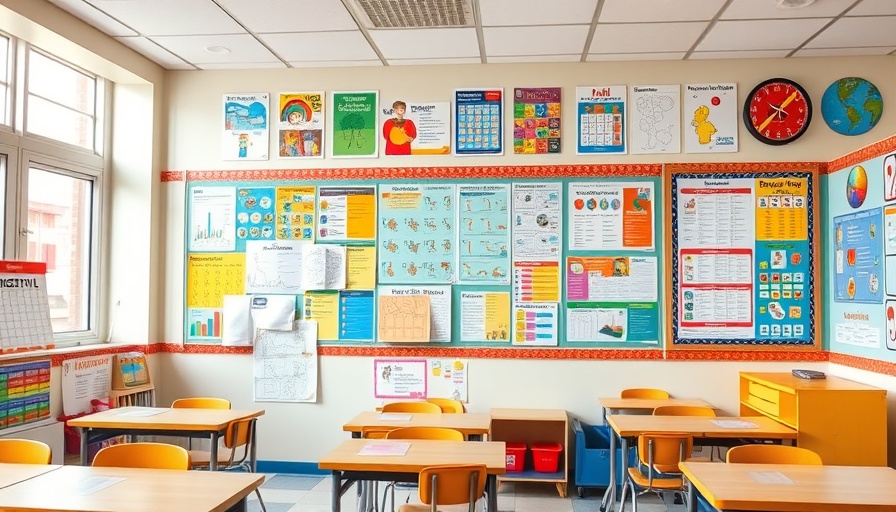
Growing Tensions: ICE Actions and Their Impact on San Diego Schools
In San Diego, the intersection of education and immigration enforcement has become a major concern for teachers, students, and parents alike. As the federal government intensifies its crackdown on illegal immigration, educators like Erendira Ramirez are stepping up to advocate for their students and communities. Ramirez, who became deeply engaged in activism after witnessing the systemic challenges students face within the school-to-prison pipeline, argues that responding to ICE's disruptive actions is a matter of love and responsibility for educators.
The Role of Schools in the Community
Schools have long served as safe havens for students, particularly those from marginalized backgrounds. However, contemporary immigration policies are eroding this sense of safety, instilling fear among immigrant families and affecting school attendance. Many parents are increasingly cautious about dropping off and picking up their children due to the threat of ICE arrests. As the president's administration funnels overwhelming resources into enforcement, educators recognize that they've been navigating a treacherous legal landscape while trying to protect their students.
Grassroots Mobilization: Teachers Take Action
In response to rising tensions and the fear paralyzing families, the Association of Raza Educators has mobilized teachers across San Diego to take a proactive stance. Workshops designed to inform educators about their rights and to prepare them for situations involving ICE interventions have emerged as essential initiatives. Additionally, community-based actions, such as protests and mutual aid events, have sparked a renewed sense of solidarity among teachers and parents. Such grassroots efforts reflect a powerful message that educators are not mere bystanders; they are advocates willing to engage in civil disobedience to protect their students.
Counterarguments and Diverse Perspectives on Immigration Enforcement
While many school officials and educators are vocal against ICE interventions, some argue that strict immigration laws are necessary for national security. This perspective has garnered support among constituents who believe that controlling illegal immigration should remain a priority, despite the human cost. However, educators like Ramirez challenge this view by asserting that these enforcement actions directly harm children's educational experiences and undermine their right to a safe learning environment.
Future Predictions: What Lies Ahead for Immigrant Communities?
As schools get ready for a new academic year, the uncertainty surrounding immigration enforcement will likely continue to loom large. Educators fear that without substantial policy changes from the federal government, the environment for immigrant families will worsen, pushing students further into the shadows. Ramirez and her colleagues are advocating for comprehensive reforms that allow schools to remain neutral grounds for learning and community support, emphasizing a shift in the narrative around immigration to one that values compassion and inclusivity.
Empowerment Through Education: The Unique Value of Advocacy
At the heart of these conversations is the understanding that education is not just about academic success but also about cultivating resilient communities. Training educators and facilitating open dialogue can enhance their capacity to assist those affected by immigration issues. By fostering partnerships with local organizations and by embracing an activist mentality, educators can encourage students and families to navigate these challenges more effectively.
Take Action: How You Can Support Local Initiatives
For San Diego residents concerned about the impact of immigration enforcement on education, there are numerous ways to get involved. Whether it's volunteering with local advocacy groups, participating in training sessions, or simply engaging in community dialogues, every action counts. By staying informed and active, residents can play a pivotal role in creating a more inclusive environment for all students and families.
 Add Row
Add Row  Add
Add 




Write A Comment